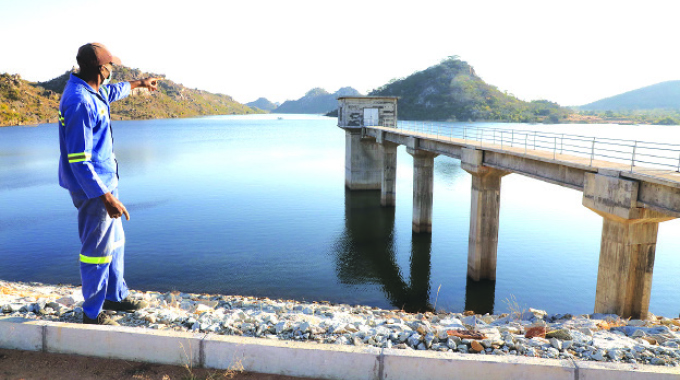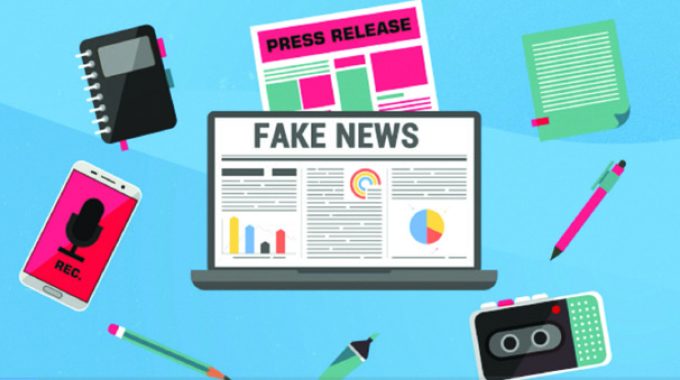Political cartoons conundrum
Knowledge Mushohwe
Whenever a political cartoon is presented to the public, chances are that at least one person — the subject in the composition will be enraged by it.
A form of art that extensively employs satire, irony, stereotyping, caricature and distortions as weapons is always likely to divide public opinion.The subject of any joke is unlikely to be glad to see it mass-circulated but general readers not mentioned by the content have a higher chance of liking it.
The simple fact that a mere political cartoonist, a virtual unknown on the who-is-who list can take aim and shoot at a well respected member of society without any consequences undoubtedly adds to the intrigue for the general reader.
Political cartoons may be disturbing to the politicians, but offer a varied, albeit exaggerated alternative to reality that has several advantages for the society they may be presented in.
Political cartoonists’ unique power to stimulate the intellect and challenge official ideology is often considered a threat in many countries and dealt with accordingly. No form of commentary has had as much success in transforming public opinion as the political cartoon; therefore it is perhaps not surprising that those in power feel threatened by it.
Very little would be gained and a significant element of the free press would be lost if we sought to put conditions on cartoonists’ licence to mock.
Because of the ruling elite’s varying stronghold on the press across the world, the role and nature of political cartoons is now society-based.
Cartooning depends on the political system under which the product is created and disseminated. In some societies, it praises the system and denounces its enemies.
The most positive role of political cartoons appears to be their remarkable ability to act as watchdogs that keep power-holders honest and accountable.
But not everyone thinks political cartoons are good for society.
With specific reference to Australian media, one writer noted that the generalisation that accompanies stereo-typing in political cartoons blurs the distinction between good and bad in politics.
He also declared that the very nature of political cartooning, where only humorous, critical and popular subjects are explored undermines the system.
He adds, “the unintended consequence of the demands of the political cartooning genre is that the images are overwhelmingly negative and surely contribute to increasing popular cynicism, primarily about politics and politicians, but consequently about the whole democratic system.
At least one other writer expands on this by chronicling how the one-sidedness of political ideology can be reflected in cartooning.
He lists a number of instances where cartoonists have been used by politicians purely for political ends.
Napoleon for example reportedly encouraged French artists to create cartoons that sanctioned his policies while the Central and Allied forces in World War I commissioned cartoonists to demonise the enemy and glorify the struggle in order to boost public support on the home front.
And as recently as 2006 during a regional war in the Middle East, the Israeli military intelligence department created political cartoons depicting Hezbollah as a snake that threatened the existence of Lebanon to accompany leaflet drops over Southern Lebanon. The cartoonists’ actions it may be argued compromised the quality of their work and altered the general function of the political cartoon by being overtly propagandistic and stereotyping one side being ‘‘all bad’’ and another being ‘‘all good’’.
One author goes even further, dismissing political cartooning as a vicious one-sided attack that he likens to a frontal assault, a slam dunk, a cluster bomb.
Political cartoons are seen by critics as being offensive and a form of destructive art.
He even provides a quote from a political cartoonist, Mike Peters to prove his point.
Peters says, “Cartooning is not a fair art. You can never treat anyone justly . . . most cartoonists like me — who like to attack — are the loaded guns”.
This point is seconded by Chicago Tribune cartoonist Jeff MacNelly quoted as having said, “many cartoonists would be hired assassins if they couldn’t draw”.
The argument hints that political cartoons highlight the negative in an exaggerated way thus a fair representation of subjects is not possible, or at the very least, not the norm.
But as Andreas Qassim says in his book, Arab Political Cartoons, political cartoons may be “conformist or subversive, politically correct or totally prejudiced, but they do not have any pretensions of being neutral and objective, like for instance the news media does”.
It would be unfair to judge political cartoon content using the same yardstick employed for news articles because the roles of the two are very different — the former informs objectively while the latter is a creative composition that makes a skewed comment on political matters.
Political cartoons are ‘misfits’ in the print media landscape, unable to conform to norms and set standards in journalism. It is by no means a coincidence that whatever emotion they evoke, it is normally extreme.








Comments